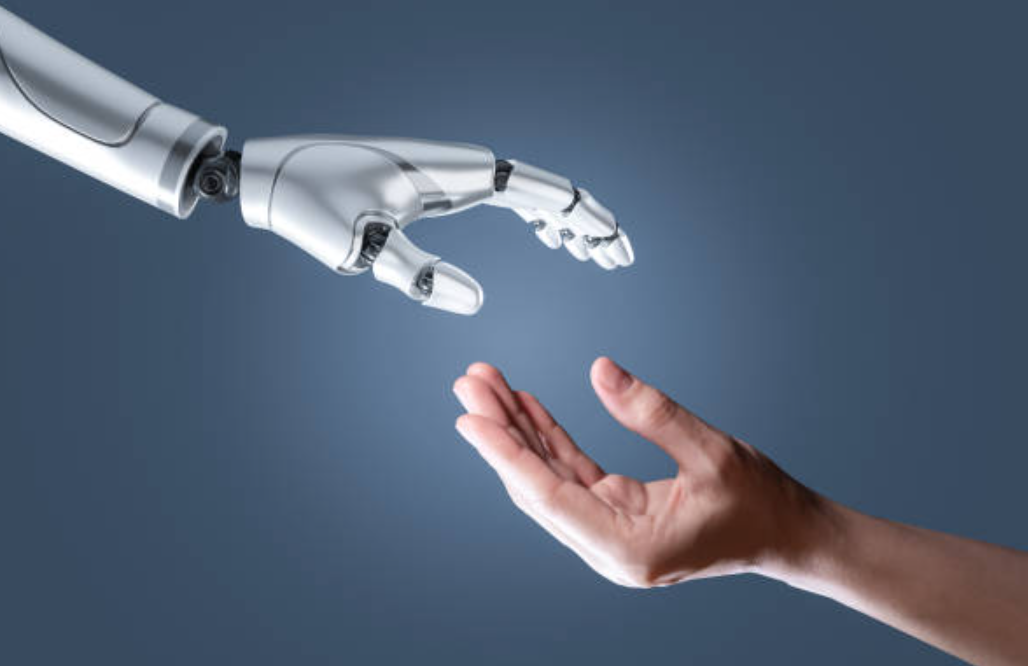US Supreme Court Chief Justice John Roberts delivered a nuanced perspective on the impact of Artificial intelligence (AI) within the legal sphere in a recent year-end report.
Acknowledging AI’s potential benefits and pitfalls, Roberts cautioned about the transformative nature of this evolving technology, stressing the need for prudence and modesty in its utilization by judges and lawyers.
In his comprehensive 13-page report, Roberts highlighted AI’s capacity to enhance access to justice for underprivileged litigants, streamline legal research, and expedite case resolution, thereby reducing costs.
However, he also voiced concerns about privacy issues and AI’s current limitations in replicating human discretion.
While expressing confidence in the continued presence of human judges, Roberts unequivocally affirmed that Artificial intelligence will significantly impact judicial work, especially at the trial level.
Notably, he flagged the phenomenon of AI-generated “hallucinations,” cautioning against their inadvertent inclusion in legal documents a practice he deemed detrimental.
Lower Courts’ Artificial Intelligence Regulation Deliberations

Roberts cited instances where AI-generated fictitious case citations found their way into court filings, citing the example of Michael Cohen, former attorney for Donald Trump, who inadvertently included AI-generated citations in official court documents.
These incidents underscore the growing challenges and complexities arising from AI’s integration into legal proceedings.
The 5th US Circuit Court of Appeals recently made headlines by proposing a groundbreaking rule aimed at overseeing the use of generative Artificial intelligence tools like OpenAI’s ChatGPT by attorneys.
This proposed rule necessitates lawyers to confirm that either their briefs weren’t AI-generated or that human oversight ensured the accuracy of AI-generated text in court filings.
Roberts’ commentary stands as a pivotal discourse on AI’s influence in the legal realm. It coincides with the increasing deliberation among lower courts on how best to regulate and adapt to this technology, acknowledging its potential while navigating the risks and responsibilities it entails.
As Artificial intelligence continues to permeate the legal landscape, the need for cautious integration and vigilant oversight remains paramount to uphold the integrity of the justice system.


Comments are closed.